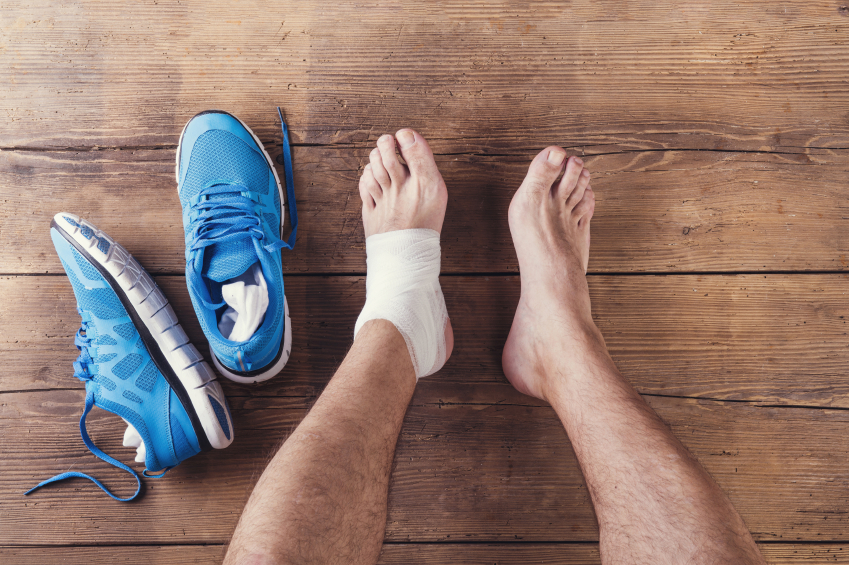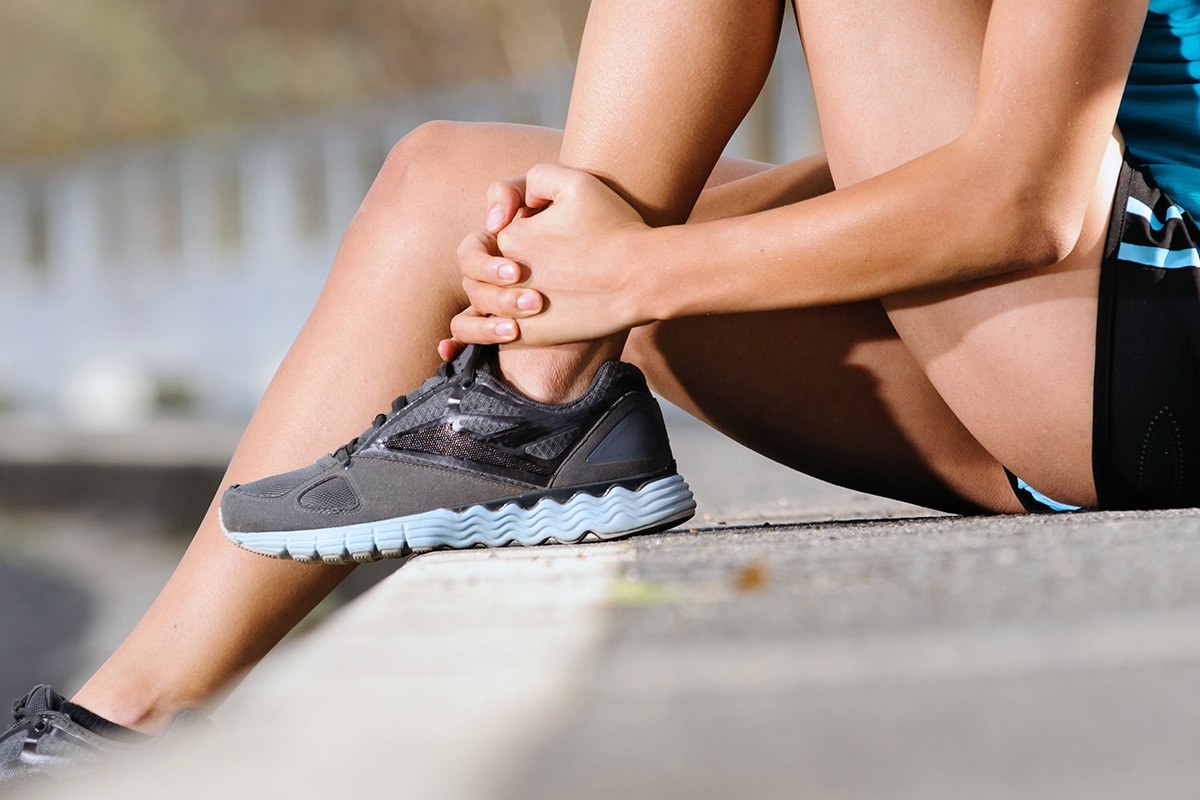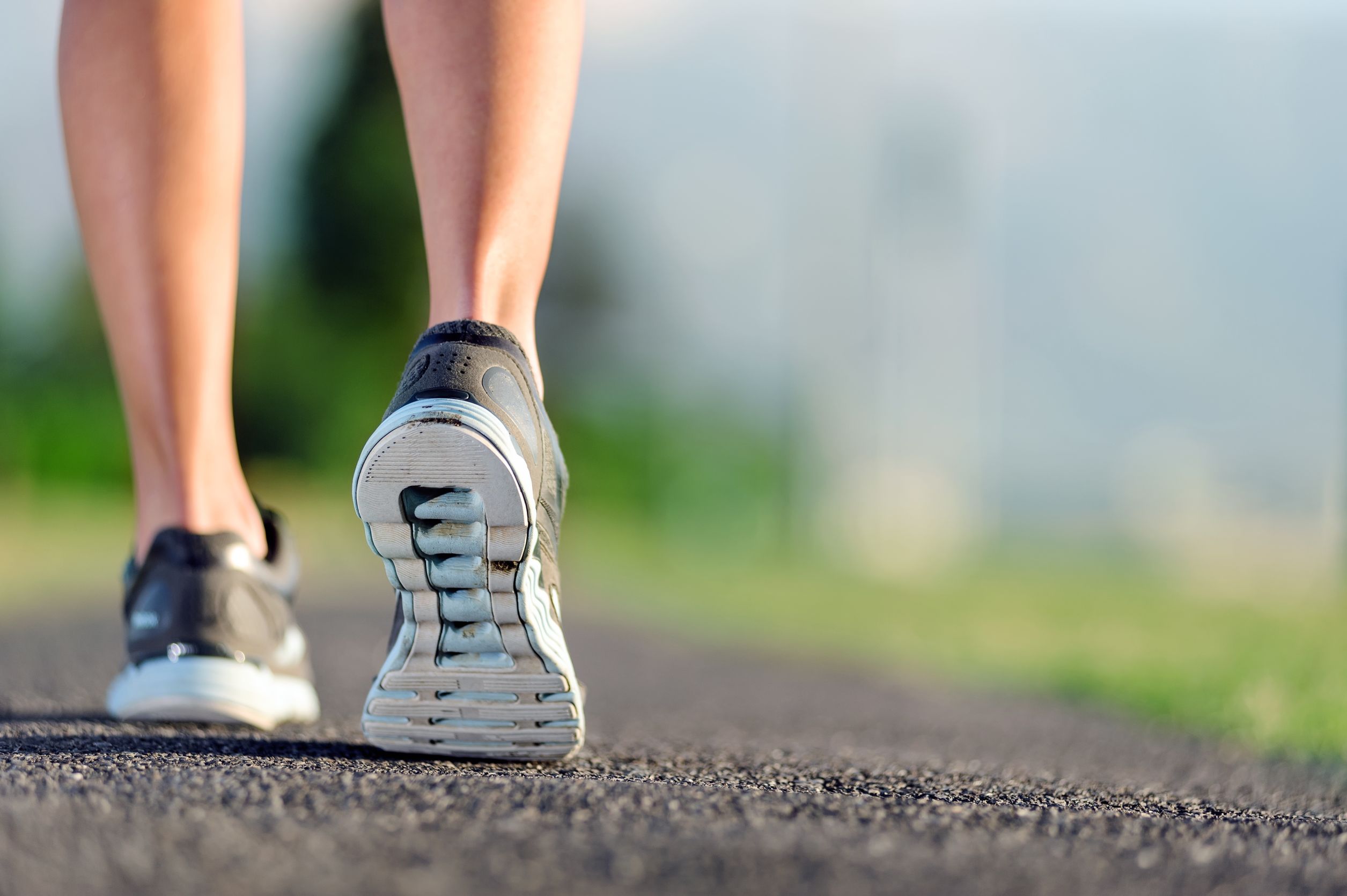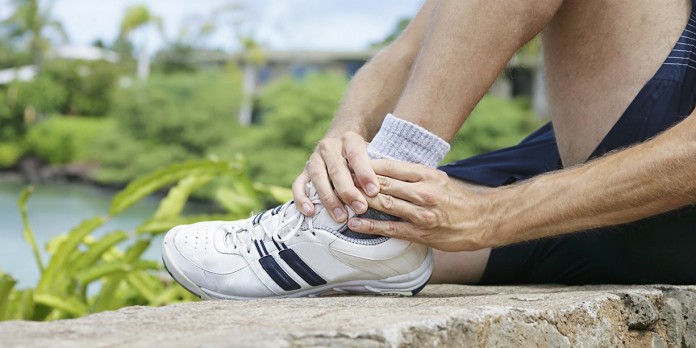A sprain? Ice it. A strain? Ice it. In fact, our first instinct to any kinds of injury, is to put ice on it right away. Icing can be used to reduce swelling and pain, and is thought to help in recovery faster. Even the abbreviation RICE: Rest, Ice, Compression, Elevation is an easy formula to remember and which many athletes swore by it.
The term was coined by Dr. Gabe Mirkin, in his bestselling Sports Medicine Book published in 1978. But with lack of data proving how ice helps in healing, even he has changed his mind. Moreover, rest will lead to atrophy and weakness and may disrupt balance and proper body positioning; compression can also shut down blood flow to the area.
Ice makes it feel better

No doubt, icing an injured area makes it feel better. Icing restricts blood flow to the area, which helps numb pain and keeps initial swelling from getting out of control. The typical recommendation is to use ice immediately following an injury. Ice for 5 minutes at a time and then leave it off for at least 30 minutes to allow the blood flow to return to the area.
Inflammation is our body’s way of response to healing an injury
When the tissue re-warms, the inflammatory process resumes. However, what many of us did not know is that inflammation is actually a very important initiating event of the overall healing process.
When you are injured, the blood vessels dilate, causing swelling and warmth at the injured area. The increase in blood flow brings along some very potent chemicals, proteins and cells, which triggers inflammation and initiates the healing process.
Delayed Inflammation = Delayed Healing

If you do put ice on your injured area, the blood vessels do not open again for many hours after the ice is applied. Generally, anti-inflammatory drugs like ibuprofen or anything that reduces your immune response will also delay muscle healing. In serious cases, it is possible for the tissue to die from decreased blood flow and even cause permanent nerve damage.
What should we do?
You can try simple movements for your sprained and strained joints soon after the injury. Certified exercise physiologist John Paul Catanzaro recommends METH: movement, elevation, traction and heat. Traction will release the pressure and movement will encourage blood that is rich with healing factors, such as oxygen and white and red blood cells, to flow to the area. In addition, movement with traction reduces pain, enhances lymphatic removal of inflammation, improves flexibility, and restores normal joint alignment.
Acute injuries, like ankle sprains, are marked by inflammation — icing is known to help limit localized inflammation by reducing blood flow. Since applying ice to an injury has been shown to reduce pain, it is acceptable to cool an injured part for short periods soon after the injury occurs. You can apply the ice for up to 10 minutes, remove it for 20 minutes, and repeat the 10 minute application once or twice.
Seek professional advice

If the injury is severe, follow your doctor’s advice on rehabilitation. With minor injuries, you can usually begin rehabilitation the next day. You can move and use the injured part as long as the movement does not increase the pain and discomfort. Get back to your sport as soon as you can do so without pain.



